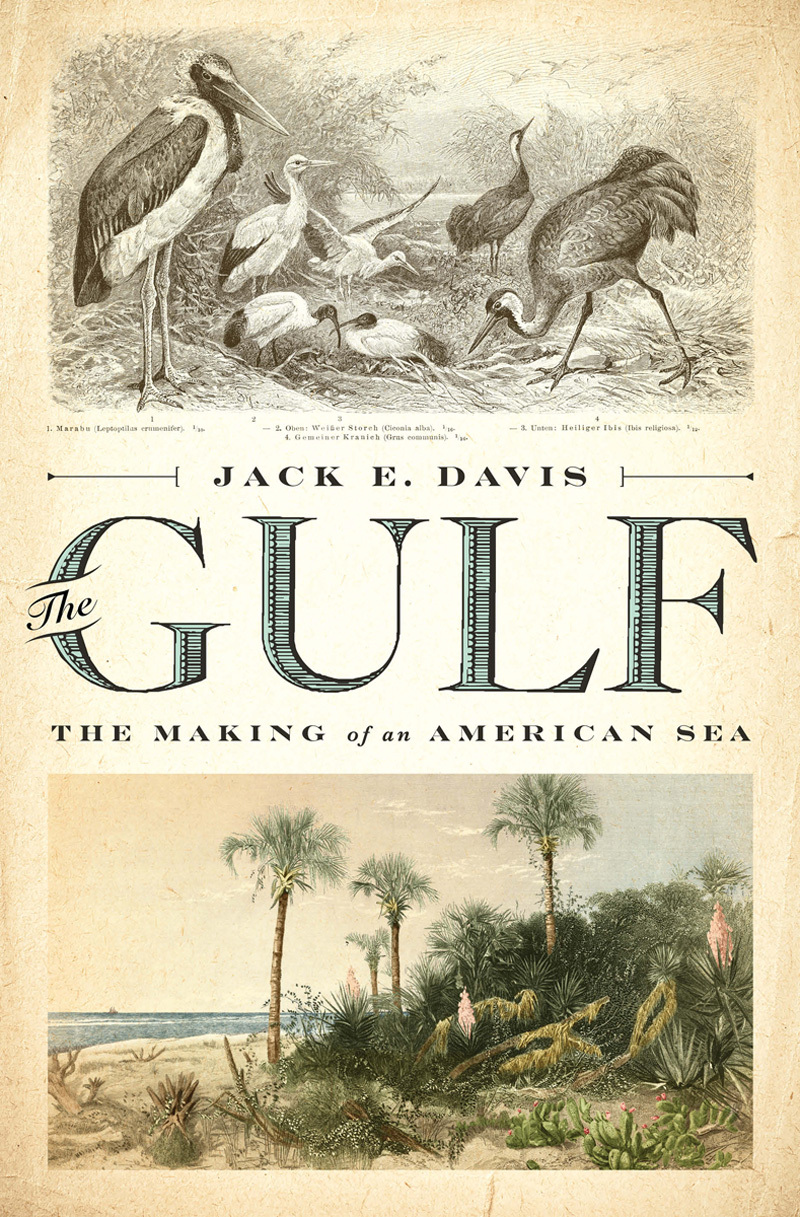'Where does a story begin, Willie?' I asked.
For a while he did not say anything. Then he shifted in his chair. 'Where does a wave on the ocean begin?' he said. 'Where does it for ma welt on the skin of the sea, to swell and expand and rush towards shore?'
'I want to tell you a story, Willie,' I said. Yes, I thought to myself. Tell him your story. Let him write it. Let the whole world know.
The music I had just played seemed to go on unspooling in the air between us, this song that had no beginning and no ending; the song of time itself.
In 1921, the British author William Somerset Maugham visits Penang, a colonial city in peninsular Malaysia. He bears with him several secrets: his sexuality, for one, and his affair with his "traveling companion" Gerald, but from Gerald he is keeping the fact that his investments have all cratered and he is essentially penniless. In Penang he stays with an old friend, Robert Hamlyn, whose wife Lesley has a secret of her own: the affair she had with a Chinese advisor to Sun Yat Sen during his exile from China in Penang. Lesley and "Willie" find an opportunity in each other; perhaps it is time for Lesley to finally tell the story she has kept to herself all these years, and for Willie, a great chronicler of the British colonial world, an irresistible story about the now-dead Sun may help return his fortune and fame.
The House Made of Doors, written by Malaysian writer Tan Twan Eng, offers itself as a meditation on the cultural collisions between the British, the Chinese, and the Malay in the early 20th century. A "ripped from the headlines" subplot involves Lesley's friend Ethel Proudlock, who has recently been arrested for shooting a man who may have been her lover, and who may have tried to rape her. Ethel's crime puts to the test whether a white woman in Penang can be convicted of a crime, and who exactly among the peninsula's many racial and governmental authorities holds control, and over whom. China exists off the page somewhere, and history seems to be happening there, unlike the sclerotic British elite of Penang. Lesley develops a passion for raising money for Sun Yat Sen's revolution against the emperor, less because of her concern for the plight of the everyday Chinese and more because, stuck in a mordant marriage to a gay man herself, she yearns for a passion of any kind. "Willie," and many others, believe her to have been the lover of Sun Yat Sen himself, but as she's told, Sun has enough wives, one of whom is the nation of China.
I thought this was sooo boring. For a novel about sexuality and passion, it's entirely sexless, in a way that matches the smoothed-over book-club prose. In retrospect, I should have known--the cover screams "front shelf at the Strand"--but there was an opportunity here, I think, to grapple with the kind of stories that Maugham wrote about British colonialism and the truth as experienced by Malaysians or the Straits Chinese. Tan is interested in Maugham as a character--a fairly wan and charisma-less one, at that--but never as an author, and seems to have made a conscientious decision not to quote from Maugham's fiction at all. I found the sexual drama to be predictable (the love note Lesley finds in her husband's pocket) and Arthur, Lesley's great love, to be entirely devoid of personality; I found the writing competent but cloying ("the song of time itself..." ugh). Not for me.










